Examining the Different Aspects of Real Loss in Non-Revenue Water Management
Real Loss Explained
Introduction
Non-Revenue Water (NRW) is a critical challenge faced by water utilities worldwide. It encompasses both real losses and apparent losses. In this article, we will focus on the different aspects of real loss in NRW, shedding light on their significance and implications for water utilities.
Definition of Real Loss
Real loss refers to physical losses of water resulting from leaks, pipe bursts, or other failures in the water distribution system. It represents the actual loss of water from the network before it reaches the end consumers. Addressing real losses is crucial for reducing water waste, conserving resources, and optimizing the efficiency of water supply systems.
Leakage in Distribution Mains
One significant aspect of real loss is leakage in distribution mains. Aging infrastructure, pipe corrosion, and high operating pressures can lead to cracks, joint failures, or other defects, causing water to escape into the surrounding environment. Regular leak detection programs, pipeline rehabilitation, and proactive maintenance are essential in minimizing leakage and reducing real losses in distribution mains.
Pipe Breaks and Failures
Pipe breaks and failures are another significant aspect of real loss. They occur when pipes experience sudden bursts or fractures, leading to substantial water wastage. Factors contributing to pipe breaks include aging infrastructure, soil movement, temperature fluctuations, and hydraulic stress. Implementing asset management strategies, including condition assessment, preventive maintenance, and pipeline replacement programs, helps mitigate the risk of pipe breaks and minimize real losses.
Storage Tank Overflows
Storage tank overflows contribute to real losses in NRW. When storage tanks exceed their capacity due to operational or control failures, excess water spills over, resulting in wastage. Proper monitoring, regular maintenance, and effective control mechanisms for storage tanks are vital to prevent overflows and minimize real losses.
Service Connection Failures
Service connection failures refer to leaks or failures in the pipes that connect individual customer meters to the distribution network. These failures can occur due to aging or damaged service lines, faulty fittings, or improper installations. Timely detection and repair of service connection failures help reduce real losses and improve the accuracy of metered billing.
Conclusion
Addressing real loss is a crucial aspect of effective Non-Revenue Water management. By understanding and tackling the various aspects of real loss, such as leakage in distribution mains, pipe breaks, storage tank overflows, service, and connection failures, water utilities can significantly reduce water wastage, optimize operational efficiency, and enhance revenue generation. Implementing proactive maintenance programs, adopting advanced leak detection technologies, and investing in infrastructure upgrades are key strategies for minimizing real losses and achieving sustainable water resource management. By prioritizing real loss reduction, utilities can contribute to the preservation of valuable water resources and provide reliable water services to their customers.
